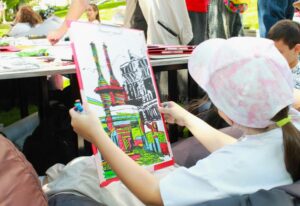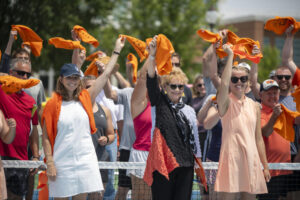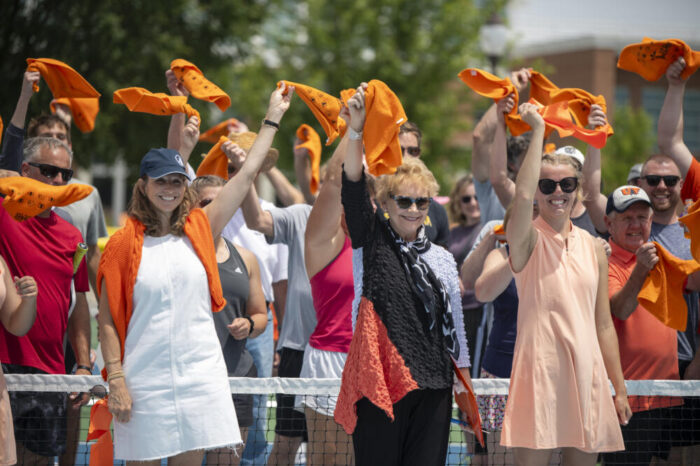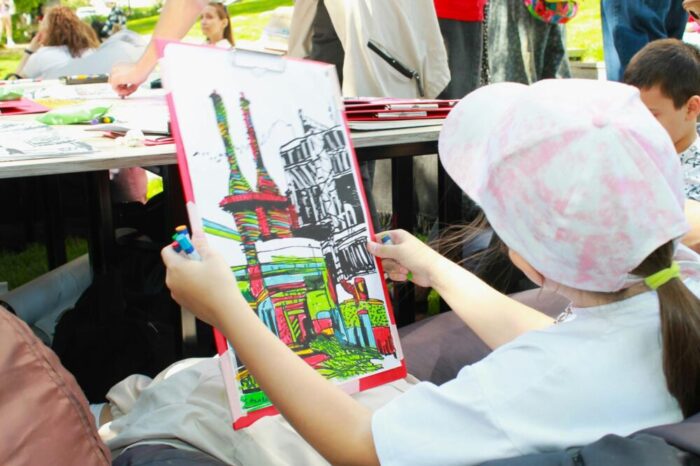OT Students Experience Life in Poverty
Occupational therapists provide services for people from all walks of life. In preparation for their future professional roles, UF occupational therapy students learn how to work with people from many backgrounds.
Experiential learning helps students to better understand the complexities of life for diverse populations. To learn about those who live in poverty, UF alumna and Bridges Out of Poverty coordinator Carol Taylor leads a poverty simulation each year for junior and senior occupational therapy students.
“Since the U.S. has an approximate 15 percent poverty rate, about two out of 10 clients that students will see in the clinic are going to come from poverty,” said Theresa Leto, Ph.D., assistant professor of occupational therapy. “In the OT program, we have a curricular thread that runs through the program and addresses the students’ awareness, knowledge and communication skills needed to work with this population skills of cultural competency.”
In January, two cohorts of OT students learned what it is like to live in poverty and how to communicate as a health care provider with individuals from poverty through a poverty simulation.
“Many students attending college have never experienced poverty in their own lives or have been exposed to people in poverty,” said Taylor. “This lack of experience leads to misunderstandings and stereotypes.”
In the simulation, the junior-level students role play being part of a family with little to no resources, and the senior students play the role of the agencies providing assistance.
“It’s sort of like a community with a bank, places for food stamps, a school, homeless shelter and several places that would be out in the community for people,” said Rosalie King, D.H.D., associate professor of occupational therapy. “The simulation represents a whole month while each 15-minute interval is a week. There are a number of things to be accomplished within that week.”
The students have to stand in line at several agencies and may have a hard time getting the needed resources.
“This simulation is meant to be high stress in order to make it as realistic as possible, and I definitely felt the stress,” said Hannah Speckhart, senior OT major. “Devising a plan for the week, communicating with family members and implementing the plan was very difficult.”
To better understand poverty, the students are provided with obstacles that most of them would never expect.
“Working with people of a lower socioeconomic status is a reality as a practitioner,” said Speckhart. “It is more important to occupational therapists because we are all about understanding a client entirely in order to better devise intervention strategies for them.”
All of the situations and family scenarios were created by real experiences Taylor has worked with.
“In a world of hands-on experiences and self-guided learning, the poverty simulation allows people to increase understanding of the challenges that living in poverty can bring,” said Taylor. “Lecture and book knowledge provides information for people to consider, but hands-on experiences tend to last longer and bring deeper levels of understanding.”














